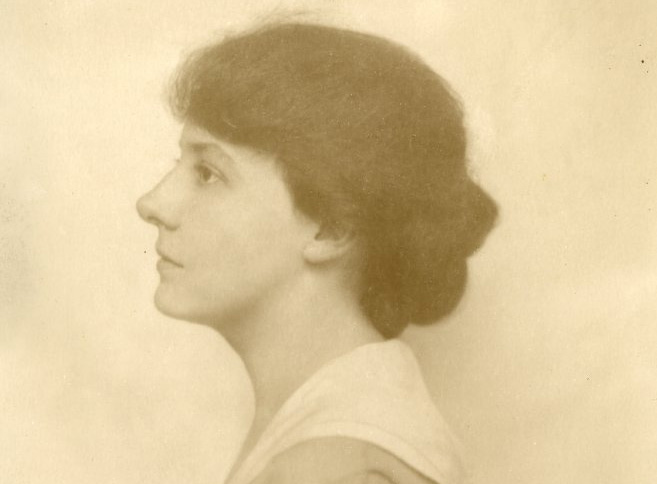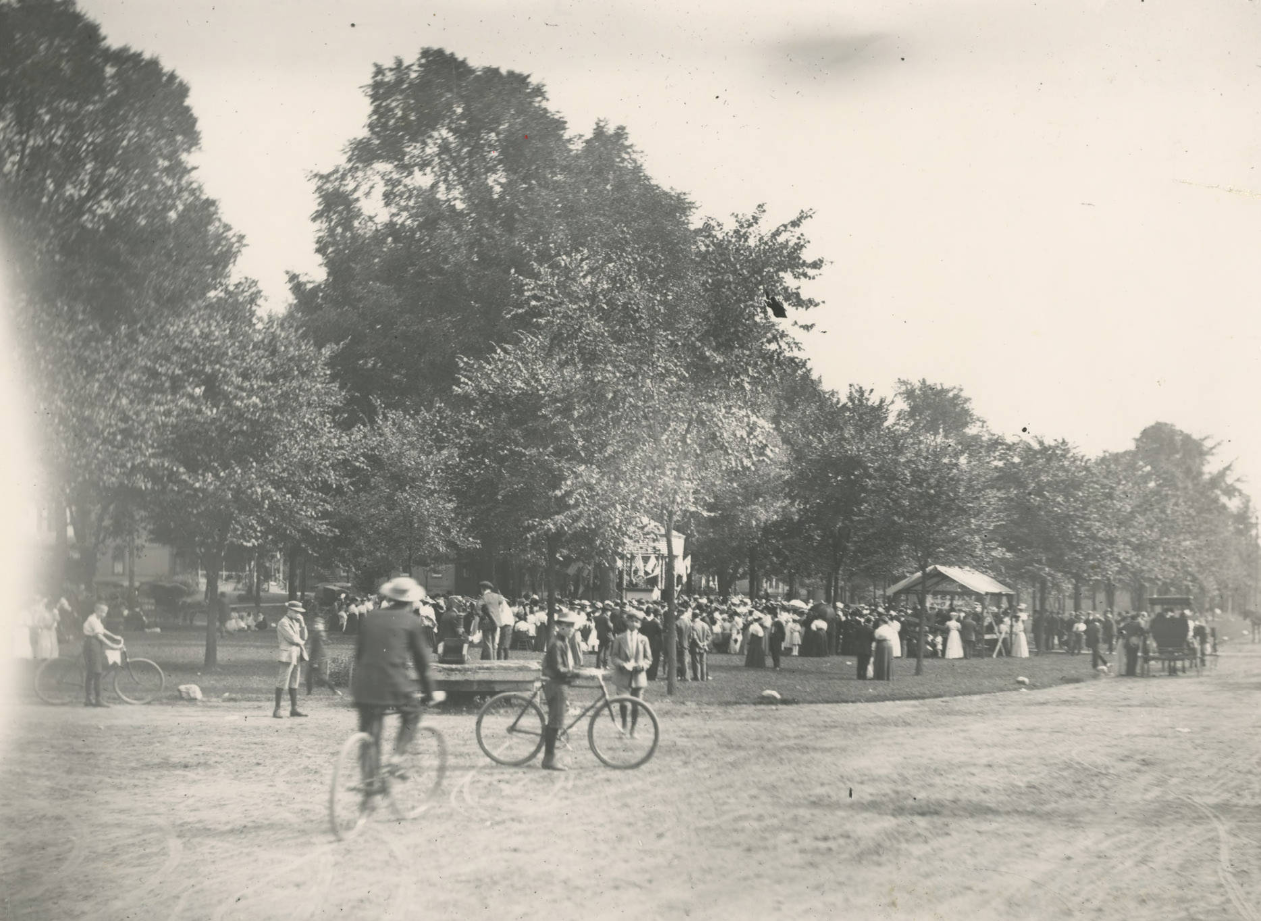Scott Ellsworth Forbush was born and raised in Hudson, Ohio, and is best known for discovering the global effect on cosmic rays, an observation known as the “Forbush decrease.” His lifework was in the field of Earth-Sun geophysical phenomena.
Forbush, born in Hudson in 1904, descends from one of Hudson’s pioneer families, the Ellsworths who settled here in the 1820s. He was the son of Grace Ellsworth Forbush and Elmer Forbush.
Forbush graduated second in his class from Western Reserve Academy in 1920 and went on to study science and physics at the Case Institute of Technology, and later earned a Master of Science degree at Johns Hopkins. In 1925 he began his career at the National Bureau of Standards in Washington, D.C.
In September 1927, he went to work for the Department of Terrestrial Magnetism (DTM) of the Carnegie Institution of Washington, where he was sent to work in Huancayo, Peru. Two years later, he joined the crew of the sailing ship Carnegie, a nonmagnetic vessel built to conduct a worldwide survey of the geomagnetic field.
His work on the Carnegie eventually led to his later work in magnetism and geomagnetic effects. Forbush is most often cited for his extensive work on solar flares (corneal mass ejections), cosmic rays and geomagnetic storms. He famously observed that solar flare activity and cosmic rays are inversely related because magnetism from solar flare activity deflects cosmic rays. This discovery, known as the “Forbush decrease,” has important implications for astronauts and space travel. His work explains illuminates why every 11 years or so when solar flares are at their highest level of activity, it is safer for space travel as radiation from cosmic rays (potentially very harmful to humans) is at its lowest.
During World War II Forbush was the head of the Naval Ordnance Laboratory and also served at the Office of Scientific Research and Development in Washington, D.C. His work there contributed to the development of degaussing techniques for ships and submarines and the development of airborne magnetometers for the detection of submerged submarines.
Throughout his career Forbush was the recipient of numerous awards and honors for his scientific research. In 1962 he was elected to the National Academy of Sciences and in 1966 was awarded the John Adam Fleming Medal from the American Geophysical Union. He authored numerous scientific papers and publications during his lifetime.
Forbush was married twice. In 1932 he wed his first wife, Clara Lundell, a musician and a concert pianist who died in 1967. He then married Julie Daves, a science writer and watercolor artist, in June 1970. Forbush lived for most of his life in Chevy Chase, Maryland, and then moved to Charlottesville, Virginia, where he died in 1984.
His personal and family papers are archived at the Hudson Library & Historical Society.
Learn More
MANUSCRIPT COLLECTIONS
Ellsworth, Forbush, and Boyd families papers
Correspondence, collected documents, diaries, photographs and writings of several generations of this family. Scott Ellsworth Forbush information in this collection includes biographical information, personal correspondence, articles on his work, and photographs.



